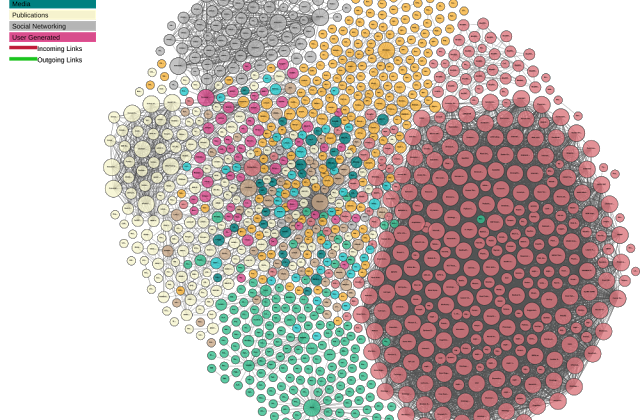(Written on a personal basis – no endorsement or approval is implied by any organisation that I am associated with.)
Over the past couple of months I have been reading and thinking quite a lot about ethics in data analytics and artificial intelligence, as well as completing a Microsoft course on it.
What follows is my current suggested shortlist for 5 key principles for Ethics and Data Analytics and AI. I try to bring together in this list what I consider to be the most important principles arising not only from the Microsoft course, but also from several existing published frameworks (see note * below for a list). These frameworks tend to be much longer documents which while very useful as reference documents, don’t to my mind meet the need for a quick document that practitioners and executives sponsoring, using or building AI projects are far more likely to read.
5 Suggested key principles for Data Analytics and AI work (DRAFT v0.2)
- Avoid harm to others (including by respecting their privacy, equality and autonomy, and speaking up about potential harm/violations of these principles)
- Increase societal well-being (including by sharing prosperity from AI benefits widely, and taking extreme care before introducing advanced AI that might lead to supremacy of AI intelligence)
- Professionalism: clean the data, treat data as an asset, comply with legal requirements and any applicable professional body codes, thoroughly assess and balance benefits v risks, keep models under review, and be flexible. Builders and owners of AI systems must take responsibility for outcomes.
- Act to preserve or increase trust (including via explain-ability as far as possible, transparency and accountability – particularly where explain-ability is impossible, engage widely with diverse stakeholders, build ethics into design)
- Retain human control: humans should choose how and whether to delegate decisions to AI systems, to accomplish human-chosen objectives.
Comments/criticisms most gratefully received!
Note (*): the sources I have drawn on in compiling the above list include:
Ethics and Law in Data and Analytics (Microsoft edX Course)
Discussions (still ongoing) with colleagues on the joint Institute and Faculty of Actuaries and Royal Statistical Society Data Science Focus Group, including outputs from joint workshops considering the Industrialisation and Professionalism of Data Science. Any errors in the draft principles are mine and mine alone however, and they should not be taken as being endorsed by anyone else at this stage!
The Partnership of the Future (Microsoft CEO Satya Nadella’s 6 principles for future AI work, June 2016).
Data Ethics Framework (from the UK Government’s Department for Digital, Culture, Media & Sport, published 13 June 2018 and updated 30 August 2018).
Seven IEEE Standards Projects Provide Ethical Guidance for New Technologies (from the Institute of Electrical and Electronic Engineers, IEEE, May 2017).
Ethical Guidance for Applying Predictive Tools within Human Services (MetroLab Network, September 2017).
AI Now 2017 Report (Alex Campolo, Madelyn Sanfilippo, Meredith Whittaker, Kate Crawford, AI Now 2017 Symposium and Workshop, January 2018).
Code of Ethics and Professional Conduct (Association for Computing Machinery, July 2018, see also here).
AI Principles (Asilomar conference, Future of Life Institute, January 2017).
I am grateful to Leisha Watson, Regulatory Lawyer at the Institute and Faculty of Actuaries for drawing most of the above to my attention.




